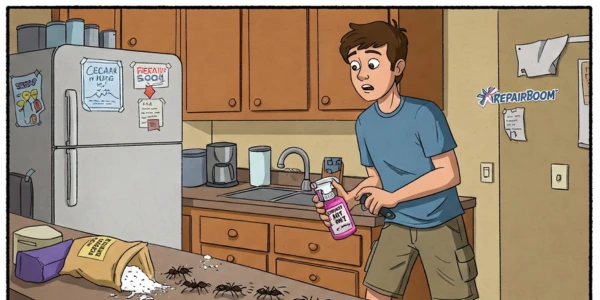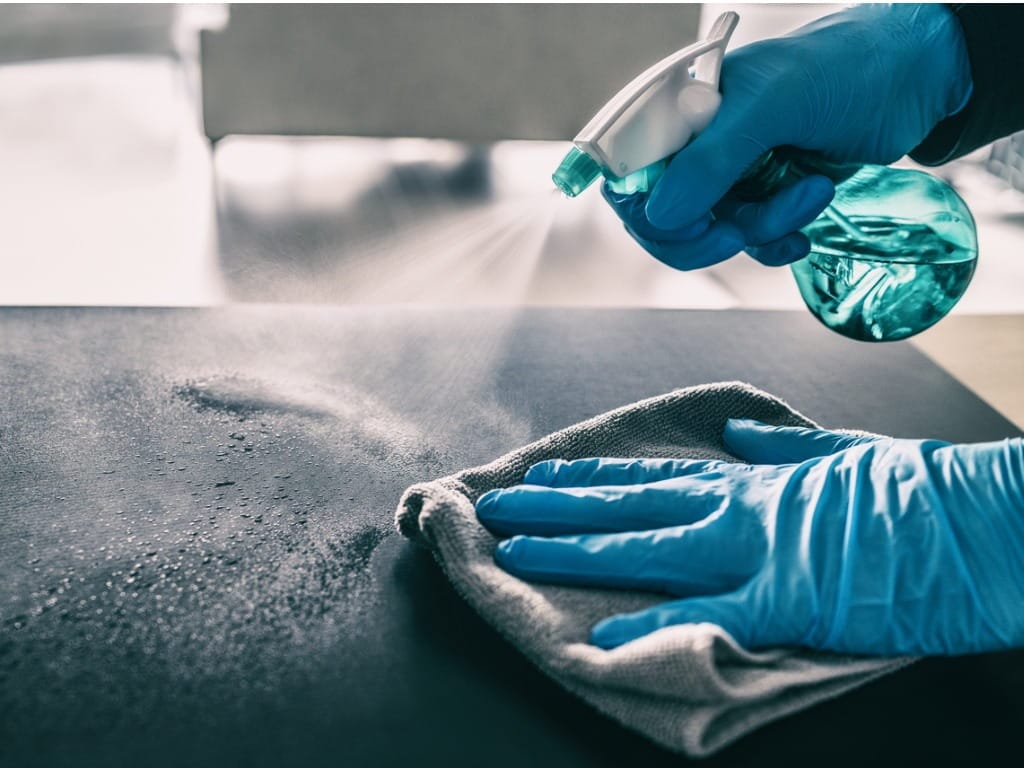How to Get Rid of household Ants in your house

Introduction – How To Get Rid Of Household Ants
Discovering an ant infestation within your rental unit can be a frustrating experience. Mastering how to get rid of household ants starts with understanding their habits and taking immediate action. For visible ants, wiping them away with a soapy cloth or a solution of equal parts white vinegar and water can provide immediate relief. Placing over-the-counter ant baits near trails and entry points is also an effective initial step, as worker ants will carry the bait back to the colony.
Understanding the factors that attract these unwelcome guests is the next step toward effective long-term management. Ants are often drawn to readily available food sources, including sugary spills, greasy residues on countertops, and even accessible pet food. Their keen sense of smell allows them to quickly locate and exploit these resources.
Entry points for ants can be surprisingly small. Minor cracks around door frames, gaps in window seals, and deteriorated sealant beneath sinks can serve as pathways for these persistent insects to enter your living space. Seasonal changes, particularly warmer weather, can also contribute to increased ant activity indoors.
As a tenant, proactive measures play a crucial role in preventing and managing ant infestations. While landlords typically bear responsibility for maintaining a habitable environment, including general pest control, tenants also have a part to play in minimizing conditions that attract pests.
Tools You May need to get rid of ants
(Links posted are affiliate sponsored Links and purchases directly support our operation. We stand behind the products we recommend)
Step 1: Track and Clean your Mess
To quickly get rid of ants, your primary focus should be pinpointing their active trails. These trails are invisible scent pathways that worker ants use to navigate between food sources and their colony. Thoroughly inspect key areas where ants are commonly sighted: kitchen countertops (especially near sinks, appliances, and food preparation zones), bathroom surfaces, along baseboards, and around window sills and door frames.
Pay close attention to areas where food or moisture might be present. Observe the direction the ants are traveling to help you trace their origin and potential entry points. Note down every location where you observe ant activity – this detailed reconnaissance is crucial for targeted treatment and long-term control. Understanding the common types of household ants you’re dealing with (e.g., tiny sugar ants, larger pavement ants) can also inform your choice of treatment methods.
BoomTip: Ant-Repelling Win: Peppermint oil deters ants naturally—dab it near trails to kick ‘em out fast!

Step 2: Seal Entries and Set Traps to get rid of ants
Once you’ve identified active ant trails, the next crucial step for quickly getting rid of ants is to strategically block their established entry points and deploy targeted treatments. Meticulously inspect potential access routes around doors, windows, and under sinks, sealing even small cracks and gaps with caulk to prevent further entry. Simultaneously, implement targeted treatments to eliminate the existing ant population. A highly effective method involves placing ant baits, either a DIY mixture of sugar and borax or commercial bait traps, directly along identified ant trails and near entry points. The worker ants will be attracted to the bait and carry the poison back to the colony, including the queen, leading to its eventual elimination.
While you may initially observe continued ant activity around the bait, this is a positive sign indicating the ants are taking the poison back to their nest. Over the following days and weeks, you should witness a significant reduction in the overall ant population as the colony is systematically eliminated from within. Patience is key during this phase, as the bait needs time to work its way through the entire ant colony for effective long-term control and to quickly get rid of the ant problem at its source.

Step 3: Test and Prevent Future Invasions of ants
After implementing your ant removal strategies, consistent monitoring is essential to ensure their effectiveness and prevent future infestations. Observe treated areas over the next day; a noticeable reduction in ant activity indicates your initial efforts are working. If lingering ants persist, consider replenishing bait traps in active areas or applying an on-contact insecticide spray directly to visible ants around identified entry points for immediate knockdown. However, prioritize baits for colony elimination.
To maintain an ant-free environment and avoid recurring issues (and potential landlord pest control fees), establish proactive cleaning habits. Sweep or vacuum floors daily to eliminate crumbs and potential food sources. Empty trash cans frequently, especially those containing food waste, and establish a regular removal schedule to prevent buildup. Greasy food packaging is particularly attractive to ants, so ensure it’s promptly discarded.
Furthermore, periodically inspect previously sealed entry points (doors, windows, under sinks) to ensure their integrity remains intact. Ants are persistent and may find new or reopened pathways. By maintaining a vigilant approach to cleanliness and regularly checking potential entry points, you can significantly reduce the likelihood of future ant problems and enjoy a pest-free living space long-term.

FAQ – How to Get Rid of Household Ants
What is the fastest way to get rid of ants in my house?
The fastest way to get rid of ants you see immediately is to wipe them up with a soapy cloth or vacuum them. However, to eliminate the ant problem long-term, you need to target the colony. Using ant baits is generally the most effective method for this, as the worker ants carry the poison back to the queen and other ants.
What are some fast ways to keep ants out of my home permanently?
While a truly “permanent” solution is difficult, the fastest way to significantly reduce the likelihood of ants returning is a combination of eliminating the existing colony with baits and implementing preventative measures. Seal entry points, maintain a clean home (especially the kitchen and pantry), and address any moisture issues. Regular vigilance is key.
Is there a fast way to get rid of ants using baking soda?
A common method involves mixing baking soda with powdered sugar (the sugar attracts the ants). While some believe the baking soda can disrupt their digestive system, its effectiveness can vary. It’s not always the fastest method compared to commercial baits, but it’s a natural option some prefer.
Can my landlord make me pay for ant control?
Typically, a landlord cannot make you pay for general pest control, especially if the infestation existed before your tenancy or is due to property maintenance issues. However, if the ant problem is clearly proven to be a direct result of your negligence (e.g., poor sanitation attracting ants), your lease agreement might stipulate that you are responsible for the cost. Review your lease carefully.
BoomTips
- Safety First: Wear gloves and goggles before tackling ants. So, if bait spills, you’re safe.
- Stock Up: Keep caulk and borax handy . Then, when they invade, you’re ready to quickly get rid of ants.
- Know Your Lease: Check your rental agreement now. For instance, if pest control’s on the landlord, push ‘em quick. Save cash!
- Quick Check: Wipe counters daily for crumbs. Plus, scan for trails early. Catch how to get rid of ants before it’s chaos!



